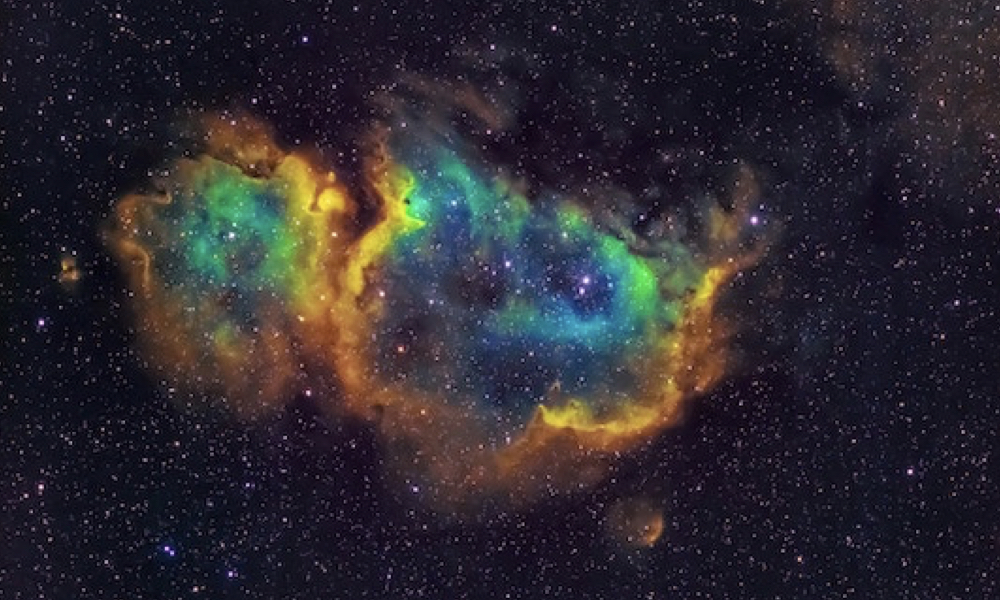
ESA Open Invitation to Tender AO9433
Open Date: 03/07/2018
Closing Date: 10/09/2018 13:00:00
Status: ISSUED
Reference Nr.: 18.1ET.06
Prog. Ref.: Technology Developme
Budget Ref.: E/0901-01 – Technology Developme
Special Prov.: BE+DK+FR+DE+IT+NL+ES+SE+CH+GB+IE+AT+NO+FI+PT+GR+LU+CZ+RO+PL+EE+HU
Tender Type: C
Price Range: 200-500 KEURO
Products: Satellites & Probes / Payloads / Instruments / Instruments ¿ BB
Techology Domains: RF Systems, Payloads and Technologies / RF Technologies and Equipment / Time and Frequency
Establishment: ESTEC
Directorate: Directorate of Tech, Eng. & Quality
Department: Electrical Engineering Department
Division: Radio Frequency Systems & Payloads Offic
Contract Officer: Karl, Heinz-Uwe
Industrial Policy Measure: C1 – Activities in open competition limited to the non-Larg…
Last Update Date: 03/07/2018
Update Reason: Tender issue
Glass cells are typically used in Frequency Standard, both as reference cell, in the lamps for atomic pumping and as dissociator bulbs.When used in a lamp (RAFS or Mercury ion trap), the cell must be sufficiently resilient for avoiding limitations in the lifetime due to diffusion of material (i.e. Rubidium or Mercury) inside the bulb walls, given the combination of dissociation mechanisms and high temperatures. In the case of dissociators (like in the PHM) the sputtering effect due to ion bombardment of the inner bulb surface is one of the detrimental effects limiting the instrument lifetime.Cell coating or appropriate bulb material selection are the only solution for limiting such phenomena.The existing techniques adopted in the industrial processes (especially for light bulbs) or in literature shall be analysed and solution shall be proposed for both lamps and dissociators.The identified solutions shall be implemented and at least 5 cells shall be manufactured for each solution proposed. Those cells will be integrated on a representative test vehicle. Aging or comparative tests shall be then identified and performed with the aim of assessing the identified solutions effectiveness. Geometry of the cells/bulbs will be provided as an input to the activity. Clock manufacturers shall be involved in the study for bulb geometry and test vehicle definition.Procurement Policy: C(1) = Activity restricted to non-prime contractors (incl. SMEs). For additional information please go to EMITS news “Industrial Policy measures for non-primes, SMEs and RD entities in ESA programmes”.
If you wish to access the documents related to the Invitation to Tender, you have to log in to the ESA Portal.
